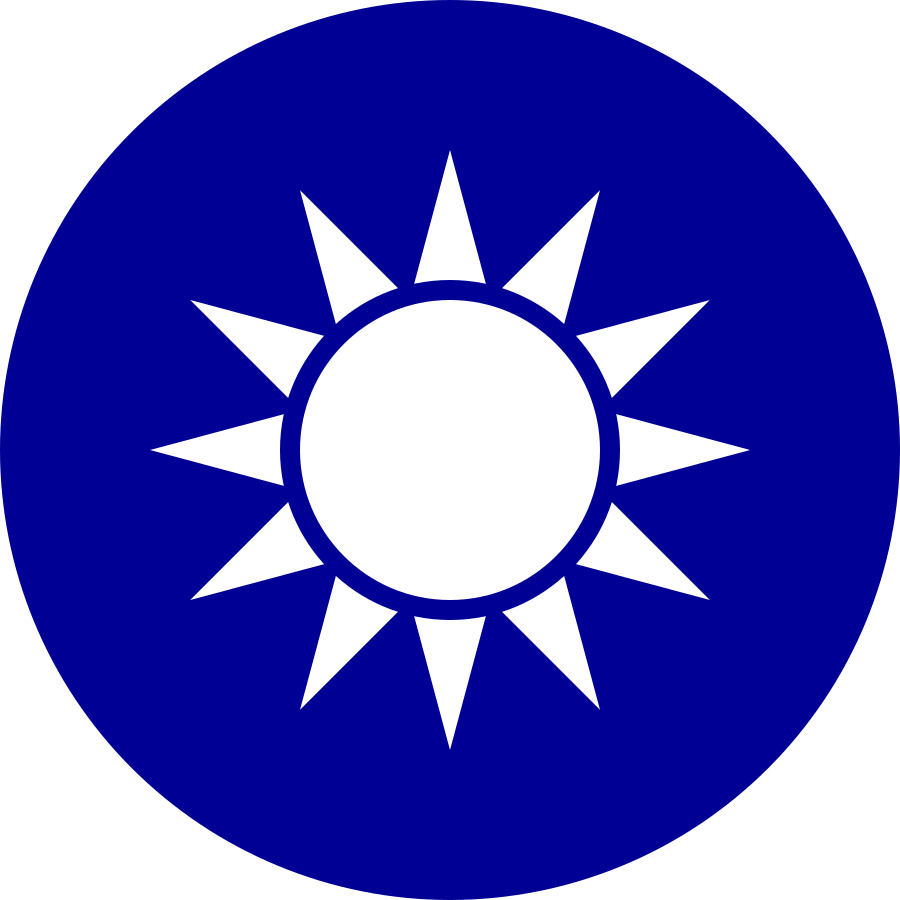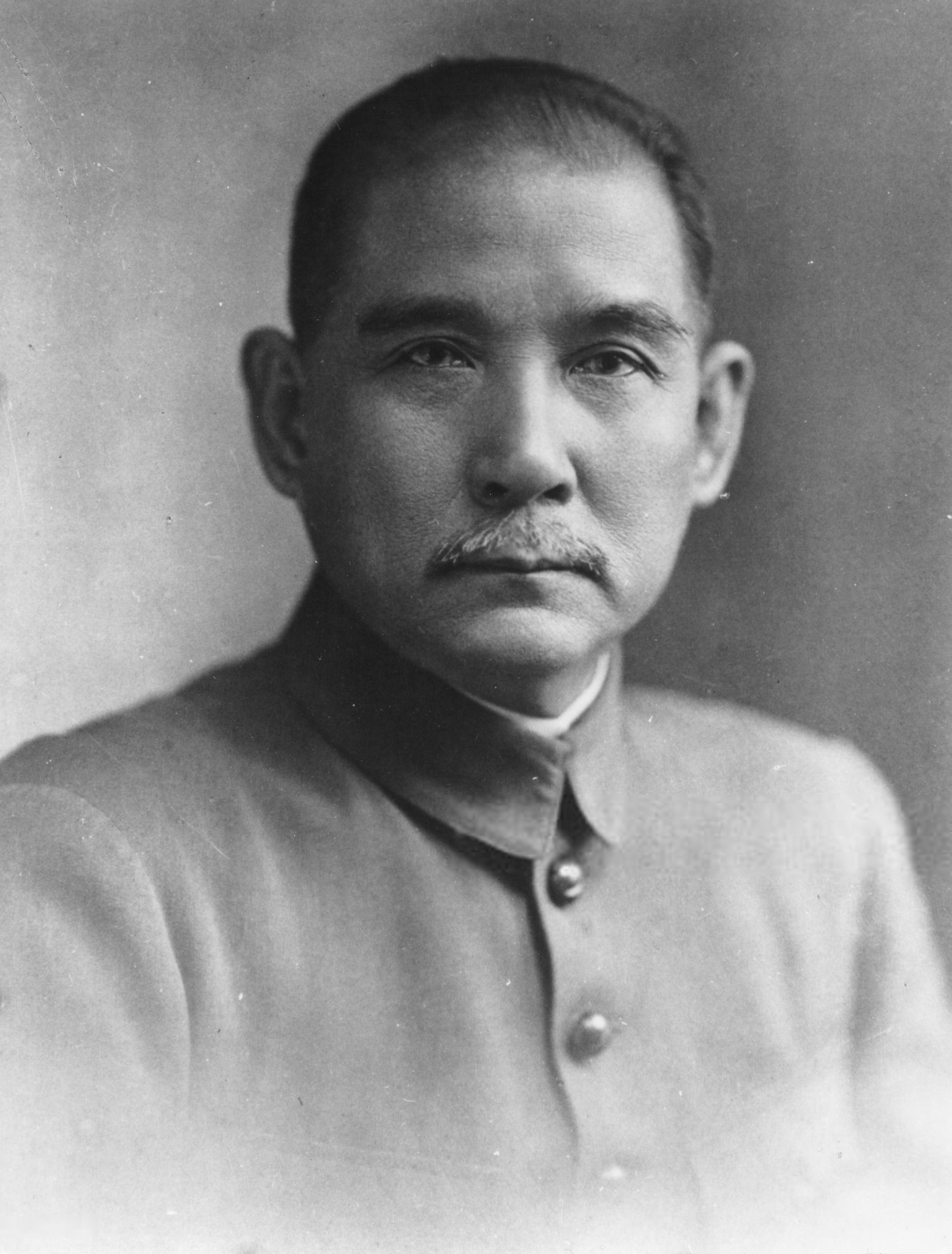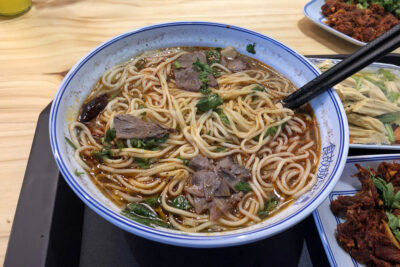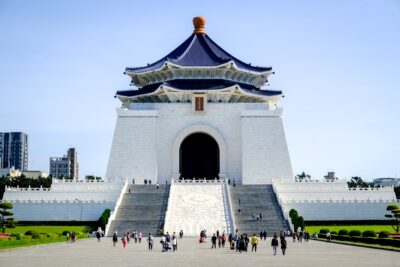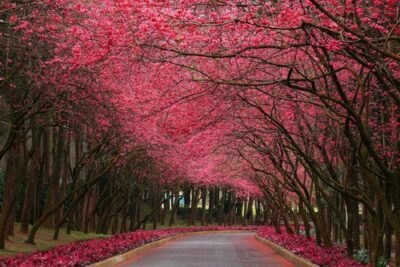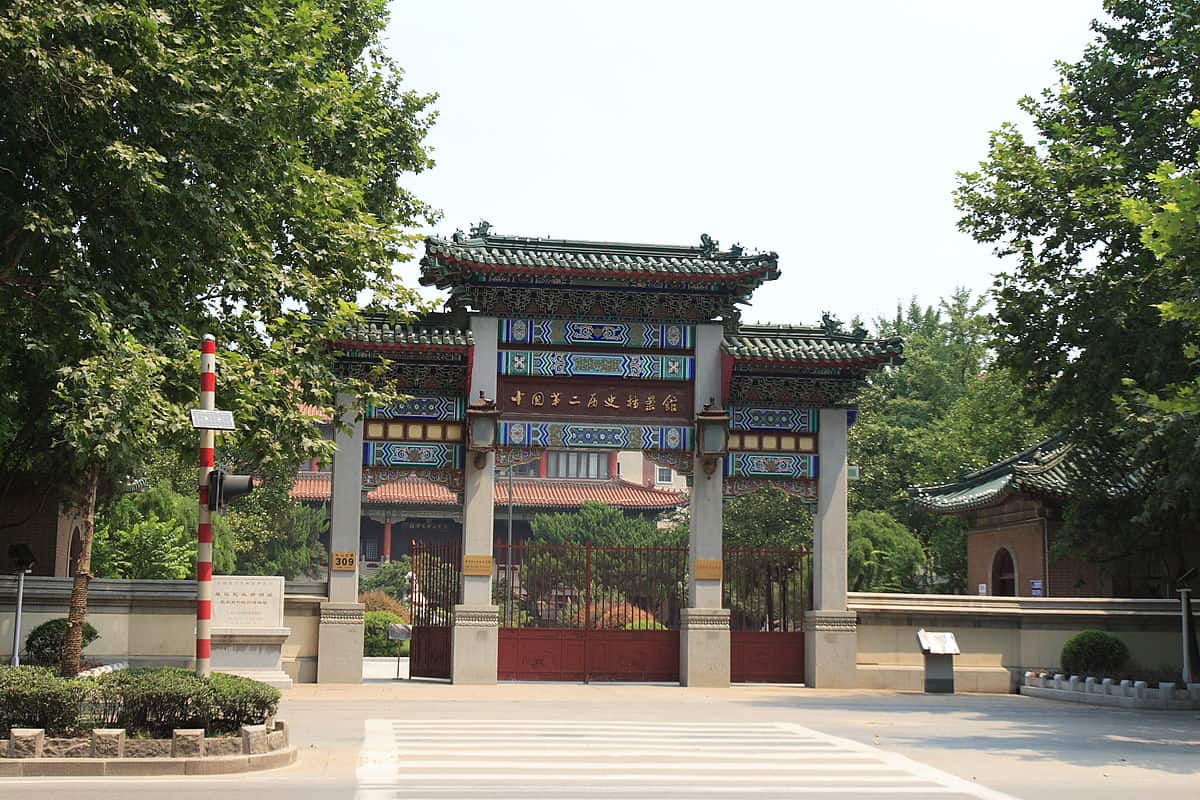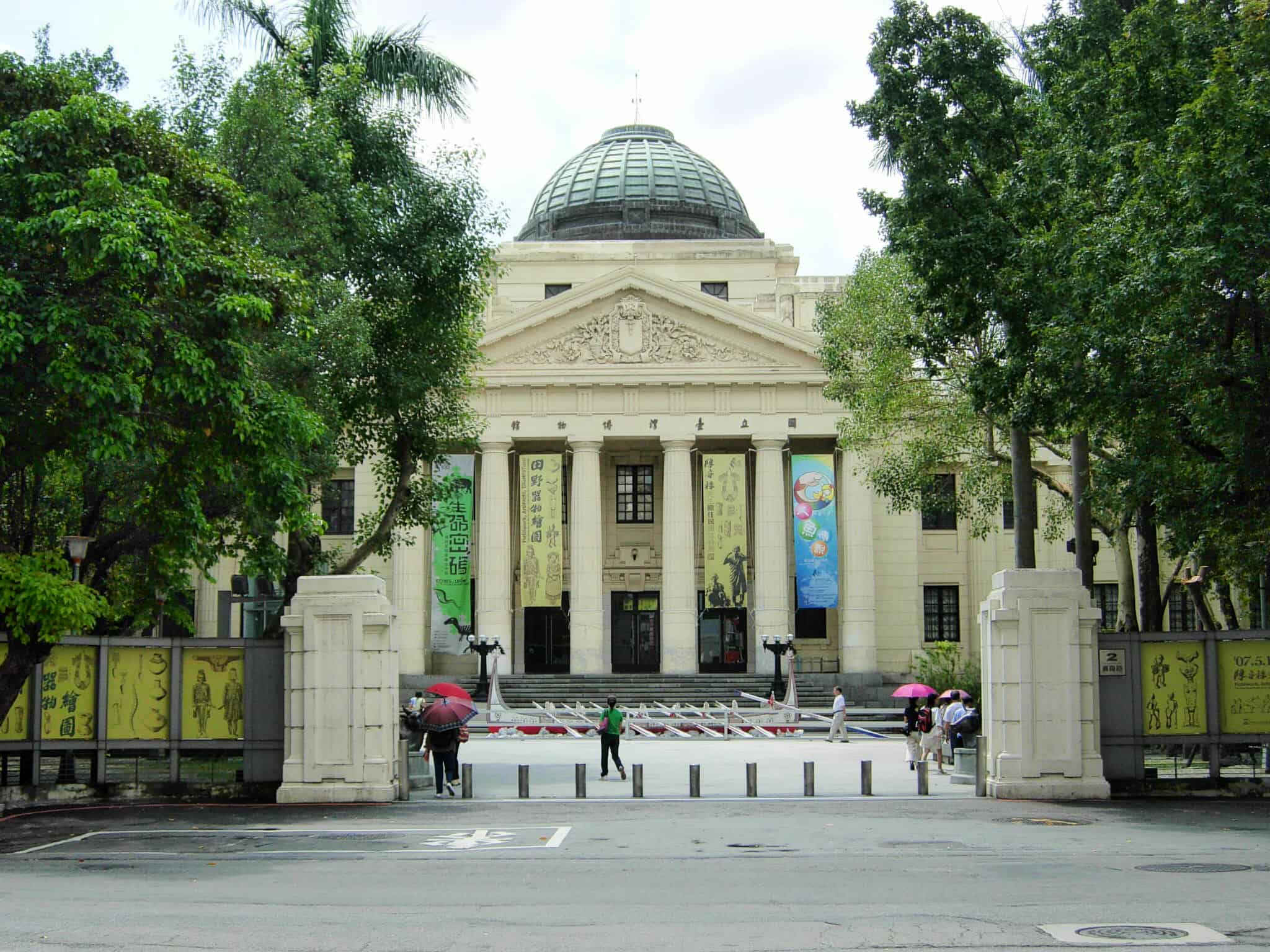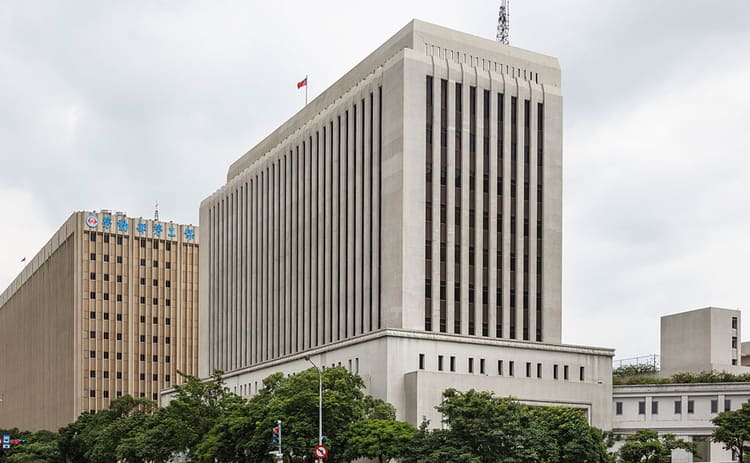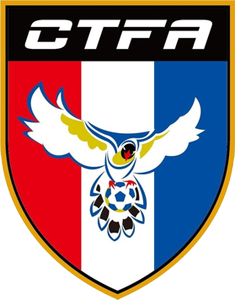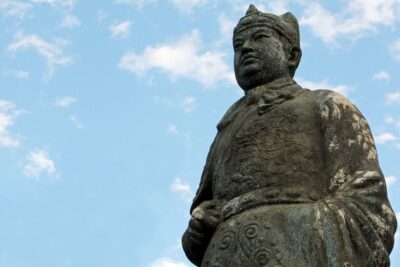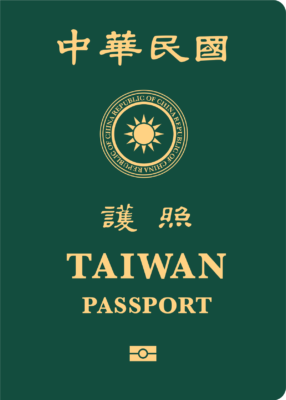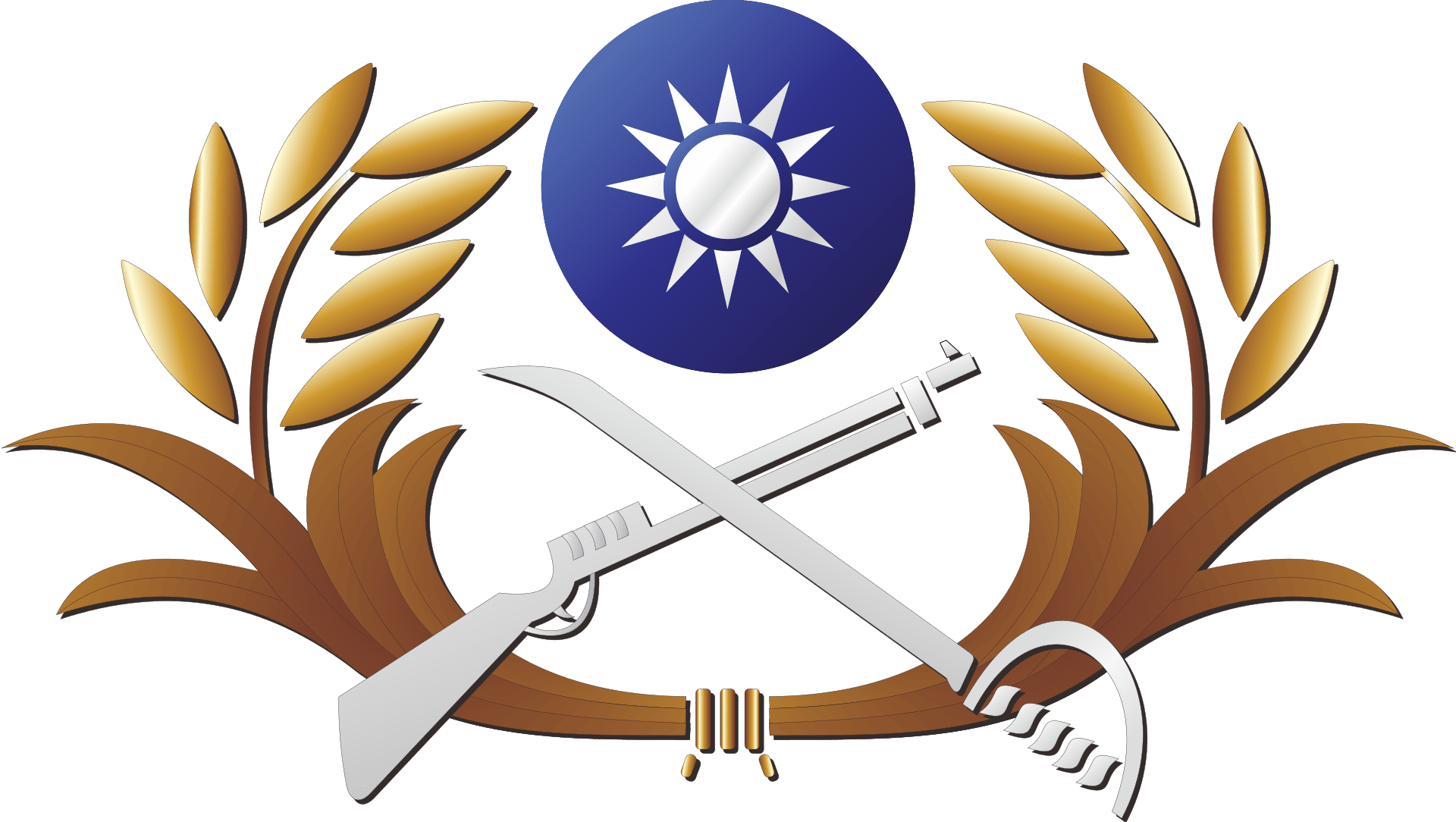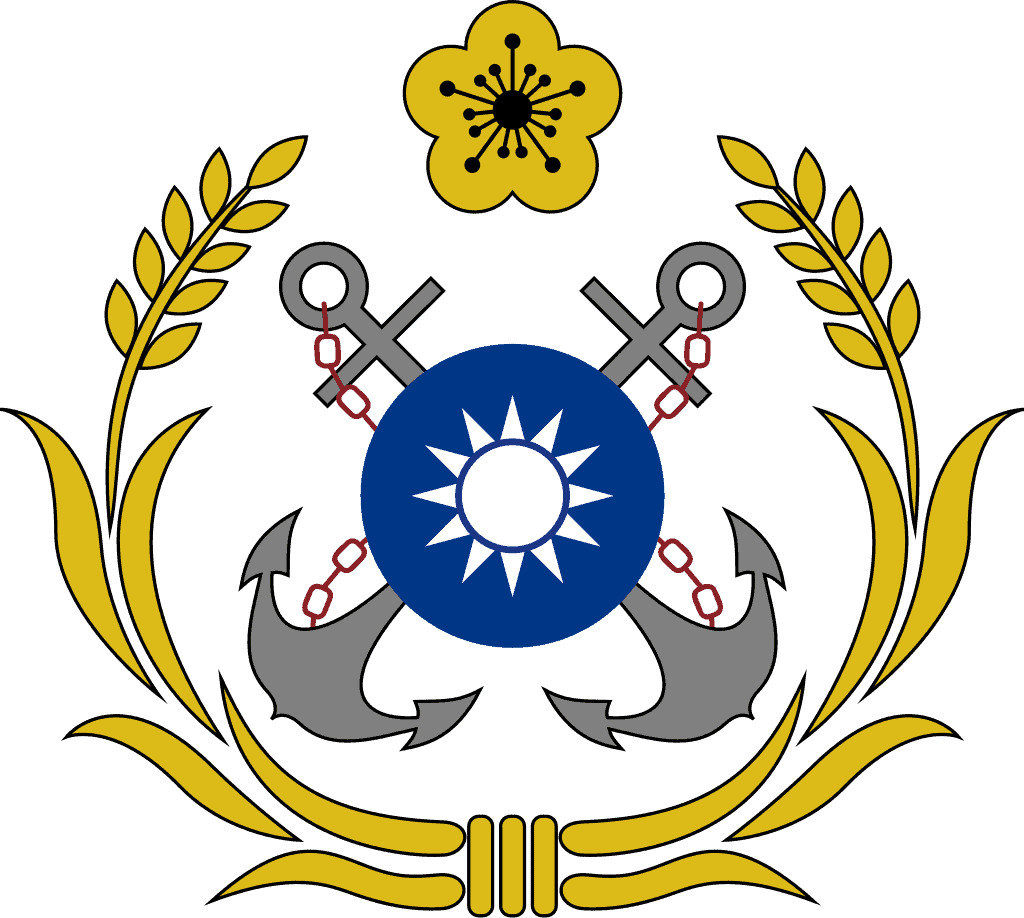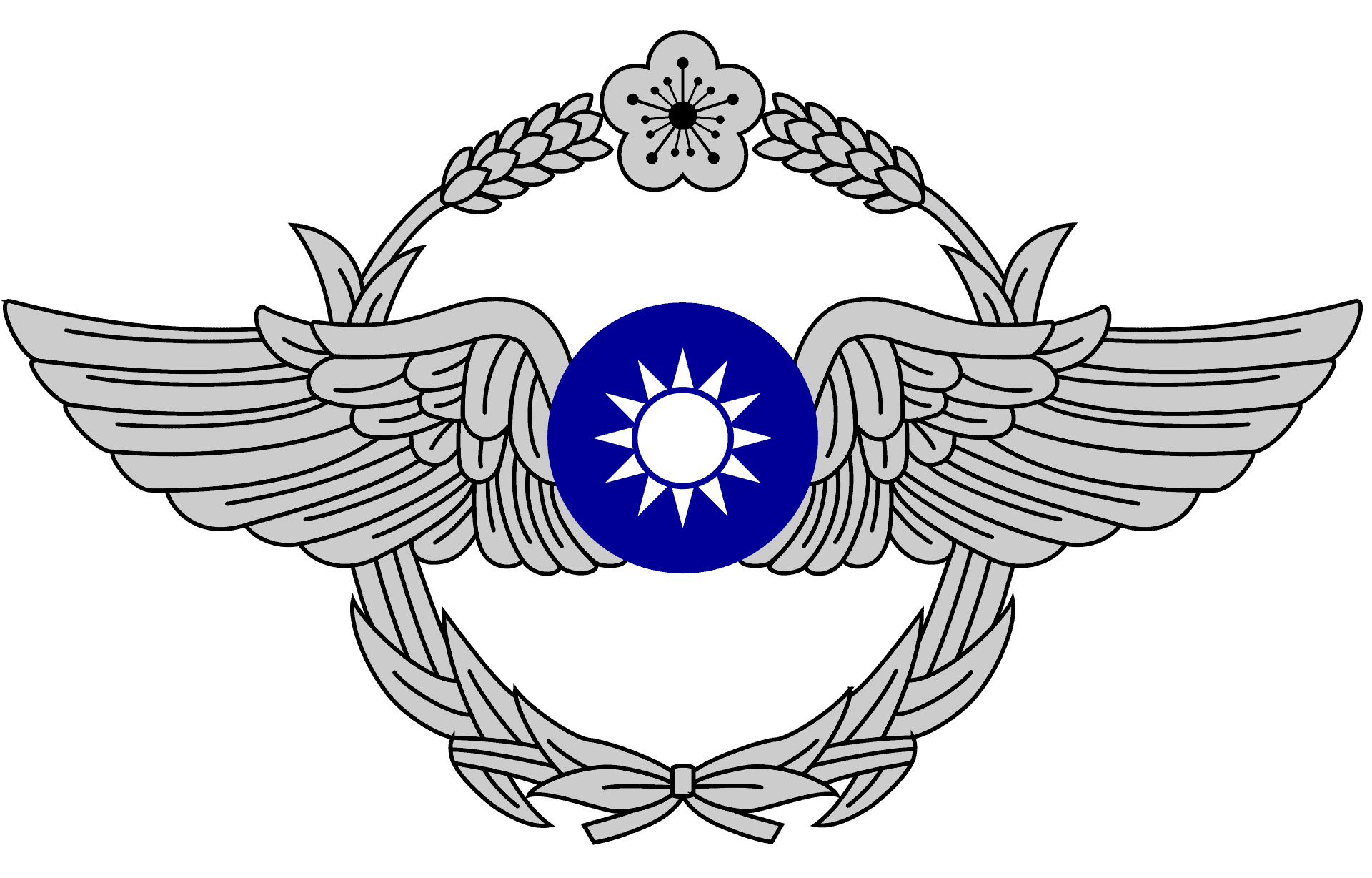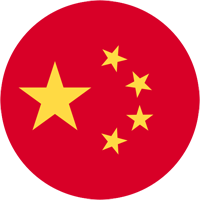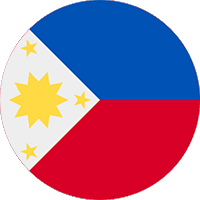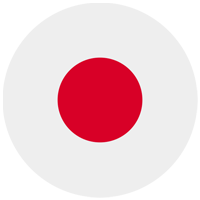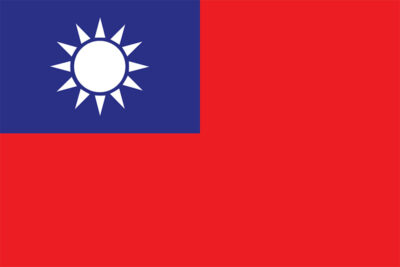National Symbols of Taiwan
Last updated on May 8th, 2023 by Editorial Staff
Table Of Contents
Reviewed by Rittika
Taiwan is a country in Asia. The official name of Taiwan is the Republic of China (ROC). It shares borders with 3 countries: China, the Philippines, and Japan. The people of Taiwan are called Taiwanese. The country is in Eastern Asia, with islands bordering the East China Sea, Philippine Sea, South China Sea, and Taiwan Strait, north of the Philippines, off the southeastern coast of China.
Etymology discusses where a term is considered to have originated from and how its meaning has changed over time. Etymology has been a factor in the naming of countries all across the world, and Taiwan has also been influenced. The etymology of Taiwan can be defined as; “Taiwan” is the shorthand common name for the Republic of China since 1949.
An ethnicity is a group or sub-group of people who are connected based on common characteristics which may include religion, origin, language, traditions, or culture. The ethnic groups in Taiwan include Han Chinese, Hoklo, Hakka, and Waishengren.
China Airlines is the national airline of Taiwan. The national colors of the country are Blue, white, and red. The emoji flag of the country is ????????, and the ISO code is TWN.
Taiwan is known for its delicious street food. The national dish of Taiwan is Beef Noodles. Bubble Tea, in addition to being a traditional beverage, is one of the country’s national drinks. The national instrument of Taiwan is Guqin.
The country has the time zone UTC+8 (National Standard Time) followed by yyy/mm/dd as the standard date format.
Taiwan is divided into 13 counties, 6 special municipalities, and 3 provincial cities. New Taipei is Taiwan’s largest city, while Taipei serves as the capital.
The literacy rate in Taiwan is 98.7%.
The country’s total area is 36,197 km² (13,976 sq mi), and the total population is 23,816,775. The country’s average elevation is 1,150 m (3,773 ft), whereas the country’s terrain can be defined as; the eastern two-thirds mostly rugged mountains; flat to gently rolling plains in the west. The country’s usual climate is tropical; marine; rainy season during southwest monsoon (June to August); cloudiness is persistent and extensive all year.
The area of land next to a sea is called the coast, and a coastline is defined as the line where land and sea meet. Taiwan has 1,566.3 km of coastline.
The New Taiwan dollar serves as the national unit of currency, and the Central Bank of the Republic of China (Taiwan) is recognized as the country’s central bank. The domain for Taiwan is .tw and the country code is +886. White, 12-rayed sun on a blue field is the country’s coat of arms.
Museums are known to educate and connect visitors with the nation’s history, culture, civilization, art, and architecture. The National Taiwan Museum serves the same purpose and is considered one of the most significant tourist attractions. The National Taiwan Museum is home to a large collection of artifacts. It has been designated as the national museum of the country.
The national dress of Taiwan is the Qipao, and 10 October is designated as National Day. In Taiwan, the majority of the population practices Buddhism, Taoism, and Christianity as their religion.
Nature is a blessing from God and we must protect it because it provides us with the oxygen and food to survive. It also helps to keep our environment beautiful and clean. To emphasize the significance of nature, Taiwan has selected a few forces of nature as national symbols. Taiwan’s national bird is the Taiwan blue magpie, while its national animal is the Formosan black bear (unofficial). The national flower and the national tree of Taiwan is the Plum Blossom, and the highest peak is Yushan.
Mythical creatures can be found in the literature and mythologies of many different nations. They represent imaginative representations of various creatures, humans, or hybrids. They are known for their specific features, supernatural abilities, and distinctive appearance. The mythical creature of Taiwan is Mô-sîn-á.
Sports have always played an important role in developing the social and cultural structure of Taiwan and other countries. When it comes to designating a sport as the official symbol, Baseball
is considered the country’s national sport.
Poetry is a highly valued form of art, and many poets are considered significant national symbols of the country. The national poets of Taiwan are Loa Ho, Du Fu, Li Bai, and Lu Xun.
Sun Yat-sen is the founder of Taiwan. The country’s national anthem was written by Hú Hànmín, and composed by Chéng Màoyún.
Mausoleums are buildings dedicated to holding someone’s remains. It serves as a reminder of the nation’s revolutionary fighters who sacrificed their lives for the country. Mausoleums are one of the most significant historical landmarks. The national mausoleum of Taiwan is Cihu Mausoleum. The country’s national hero is Koxinga.
Due to their unique qualities and rich cultural or historical backgrounds, national monuments around the world are of great importance. Chiang Kai-shek Memorial is recognized as the national monument of the country. It attracts visitors from all around the world.
The tourism slogan of the country is “The Heart of Asia”.
Taiwan has declared Mandarin Chinese as the country’s official language.
– Further information regarding the symbols and knowledge of Taiwan can be found in the table of contents –
Country information
Coat of arms
Flag map of Taiwan
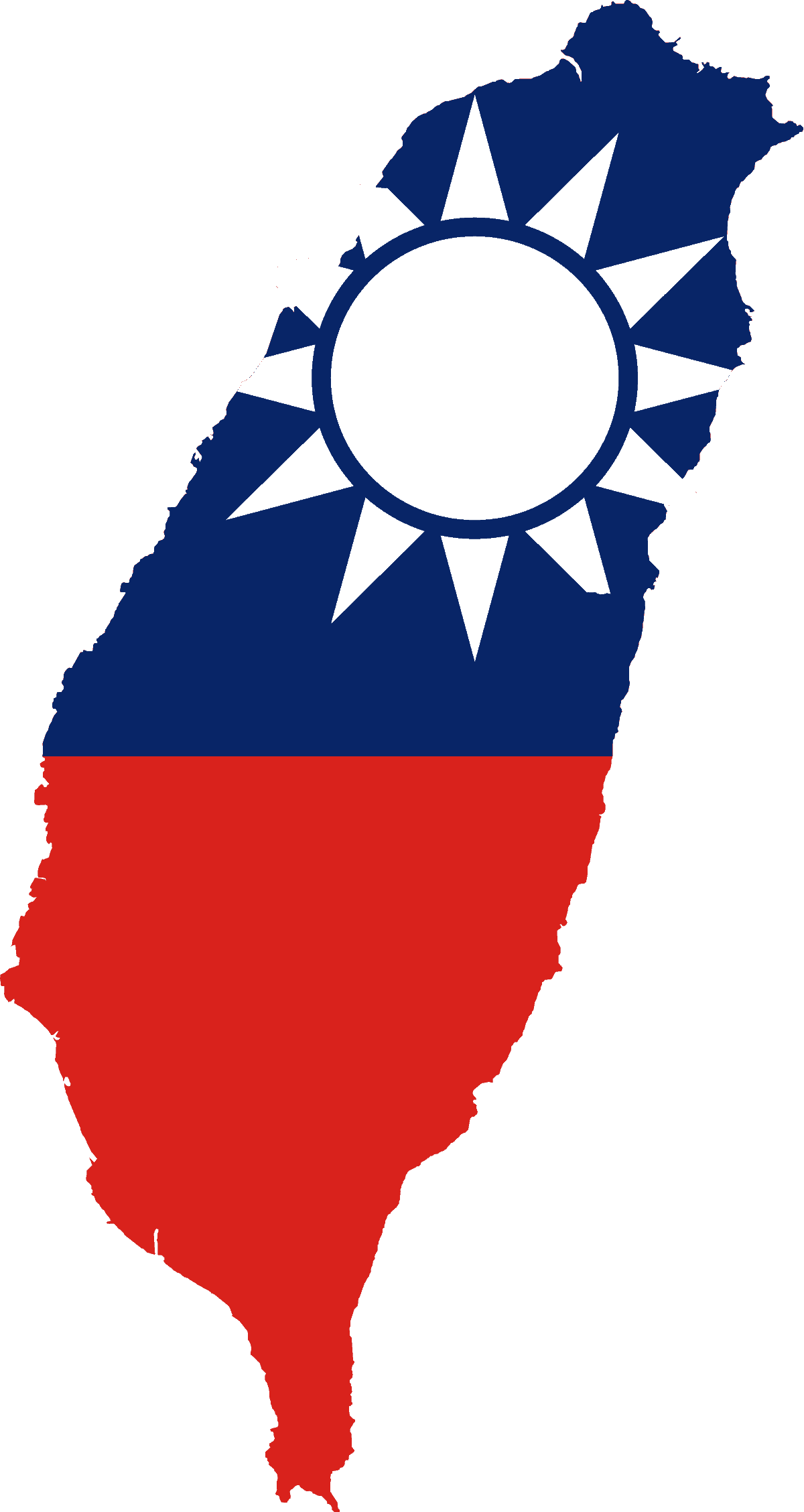
Motto of Taiwan
National animal of Taiwan
The National animal of Taiwan is Formosan black bear (unofficial)
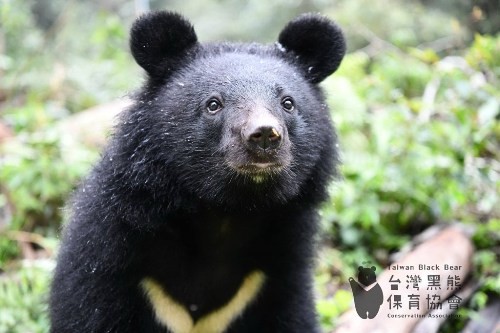
National flower of Taiwan
The National flower of Taiwan is Plum Blossom. Botanical name is Prunus mume.
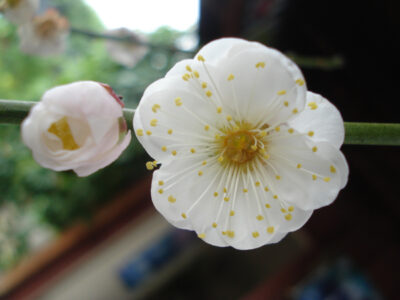
National bird of Taiwan
The National bird of Taiwan is Taiwan blue magpie
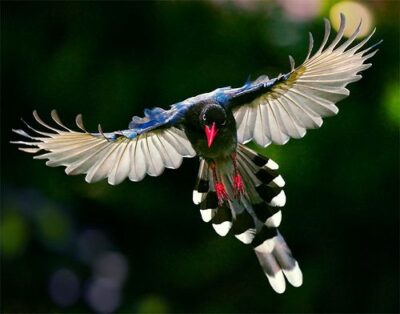
Rest of the National symbols of Taiwan 👇
-
FounderSun Yat-sen
-
National dishBeef Noodles
-
National danceIsraeli Dances
-
National dressQipao
-
National monumentChiang Kai-shek Memorial
-
National anthemView Anthem
-
National fruitNot Declared
-
National drinkBubble Tea
-
National colorsBlue, white, and red
-
National sportsBaseball
-
National treePlum blossom
-
National poetLoa Ho, Du Fu, Li Bai, Lu Xun
-
National mausoleumCihu Mausoleum
-
National archivesNational Archives Administration of China
-
National museumNational Taiwan Museum
-
Central BankCentral Bank of the Republic of China (Taiwan)
-
Highest peakYushan
-
National football teamTPE
-
Tourism sloganThe Heart of Asia
-
Emoji flag????????
-
National airlineChina Airlines
-
National instrumentGuqin
-
National heroKoxinga
-
Olympics CommitteeChinese Taipei Olympic Committee
-
PassportPassport of Taiwan
-
ArmyRepublic of China Army
-
NavyRepublic of China Navy
-
Air ForceRepublic of China Army Aviation and Special Forces Command
-
Mythical CreatureMô-sîn-á
Neighbouring countries of Taiwan
Taiwanese Proverbs - Popular quotes, proverbs and sayings.
To know how to do it is simple, the difficulty is in doing it. a candle lights others and consumes itself. A tiger never returns to his prey he did not finish off. Judge not the horse by his saddle. Attack is the best defense. If you don’t scale the mountain, you can’t view the plain. The spirit goes on foot. Great business is good; to sit and sip this glass is better. A fool judges people by the presents they give him. The more souls the more gossip.
